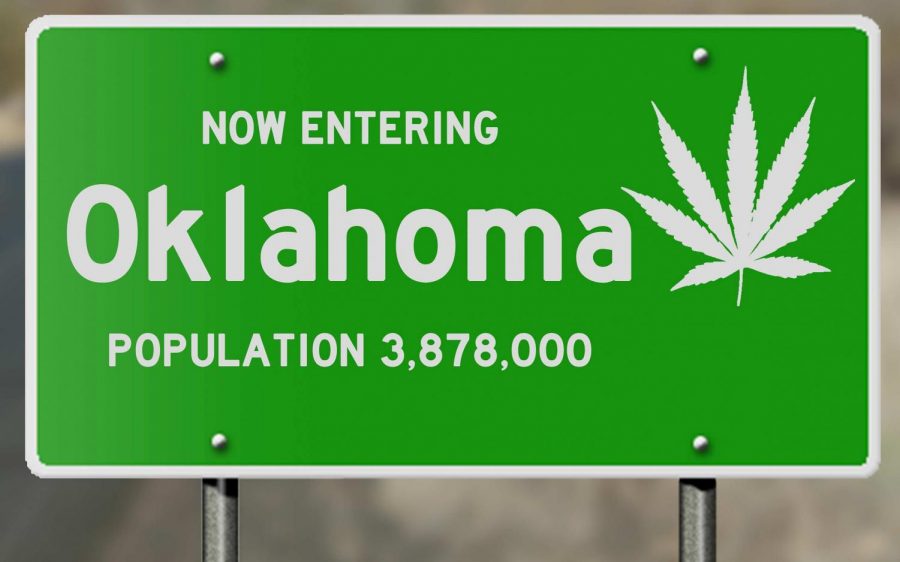Oklahoma rakes in 1.5 times more medical cannabis taxes than all of 2019
Excise taxes gleaned through Oklahoma’s medical cannabis program this past August have demonstrated a major increase in revenue from the month prior. This is according to the Oklahoma Medical Marijuana Authority (OMMA) which claims that tax revenue for 2020 has already surpassed figures from the entirety of 2019; the latest figures are 1.5 times higher.
The OMMA published its most recent tax revenue report on Thursday, September 3. Based on the report’s findings, between the months of January and July, more than $80 million was collected from the seven percent excise tax imposed by State Question 788.
Medical cannabis business owners in Oklahoma were advised to collect the excise taxes along with the 4.5 percent state sales tax and any required state/local sales taxes, according to a Tax Commission spokeswoman. All tax revenue was deciphered as gross receipts, with figures indicating that approximately $5.75 million was generated throughout the month of August; five percent growth since July.
State and local entities benefiting from Oklahoma’s medical cannabis excise taxes
Nine months into the year and the Tax Commission confirmed that more $45 million in taxes has already been earned from medical cannabis sales in Oklahoma. State and local entities have been on the receiving end of tax revenue, including a drug and alcohol rehabilitation fund, the state’s general revenue fund and the OMMA; as replenishment for operating costs.
The amount of tax revenue being gained from the state’s legal medical market is likely to swell further, as the number of pot stores speckled across Oklahoma’s landscape continuously grows. Within a two-year period, the cannabis retail store count has surpassed 2,300 – the second-highest number of dispensaries per capita in the U.S.
Oklahoma only lags behind Oregon, which is understandable, considering the state legalized recreational cannabis sales five years ago. What’s most impressive about the progress of Oklahoma’s medical cannabis market is that there are four times more retail stores than Colorado, where full legalization was enacted on November 6, 2012.
Oklahoma’s medical cannabis license application fees are bulking up economy
Two days before the OMMA released its report on Oklahoma’s medical cannabis program tax revenue, the Agency disclosed the total number of active medical cannabis patient licensees. Since July, the figure has increased by six percent, with 350,000 licenses having been snapped up by August – almost nine percent of Oklahoma’s population. The first two-year patient licenses were awarded to applicants in August 2018, before sales of medical cannabis in Oklahoma officially kicked off on October 26, 2018.
As of September 1, 5,971 licensed cultivators were active across the state, in addition to 2,087 licensed dispensaries and 1,328 processors. Thanks to the ever-growing number of license applicants, close to $4.1 million was collected in commercial license application fees by the OMMA, whereas patient license application fees amounted to $2.4 million.








